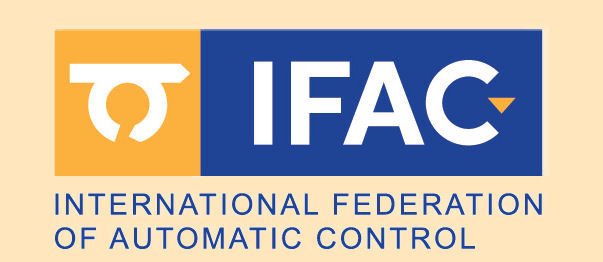| Paper FrBT2.5
Leiva, Martin (Pontificia Universidad Catolica del Perú), Pérez Zuñiga, Gustavo (Pontificia Universidad Catolica del Perú), Cuellar, Francisco (Pontificia Universidad Catolica del Perú)
Hybrid Control System for Navigation of an Articulated Mobile Tracked Robot
Scheduled for presentation during the Regular Session "Advanced Motion Planning and Navigation" (FrBT2), Friday, July 18, 2025,
15:20−15:40, Room 106
Joint 10th IFAC Symposium on Mechatronic Systems and 14th Symposium on Robotics, July 15-18, 2025, Paris, France
This information is tentative and subject to change. Compiled on August 2, 2025
|
|
| Keywords Mobile robots and vehicles, Modeling and identification
Abstract
This paper presents a hybrid control system for an articulated tracked mobile robot designed for complex, uneven terrains, combining linear and non-linear control techniques. The system employs advanced modeling of the robot's kinematics, dividing the system into two subsystems: the tracked mobile platform and the articulated system. The articulated system is modeled in 2D, focusing on the front and lateral sides. A global control structure integrates the effects of the three models, providing separate control signals for each. Next, the control system consists of three controllers: two tracking controllers and one stabilization controller. The first tracking controller, based on Backstepping, manages trajectory tracking in the X-Y plane for the mobile platform by controlling position in X, Y, and yaw. The second tracking controller, based on gain scheduling, controls the lateral model's position in Z and pitch. A proportional stabilization controller minimizes roll angle changes in the frontal model. The hybrid control system is validated through simulations and real-world implementation. The trajectory tracking error, settling time, and disturbance response were evaluated, with satisfactory results showing robust and precise navigation in dynamic environments. This work offers a systematic approach to control design and evaluation for articulated tracked robots, bridging theory and practice.
|
|


 This site is protected by copyright and trademark laws under US and International law.
This site is protected by copyright and trademark laws under US and International law.